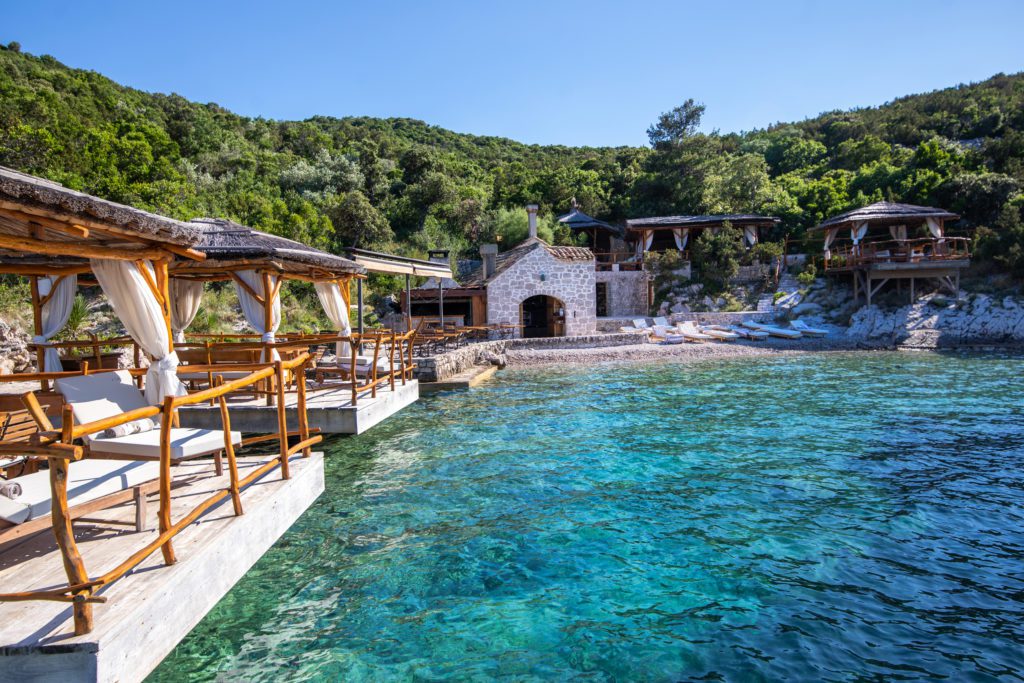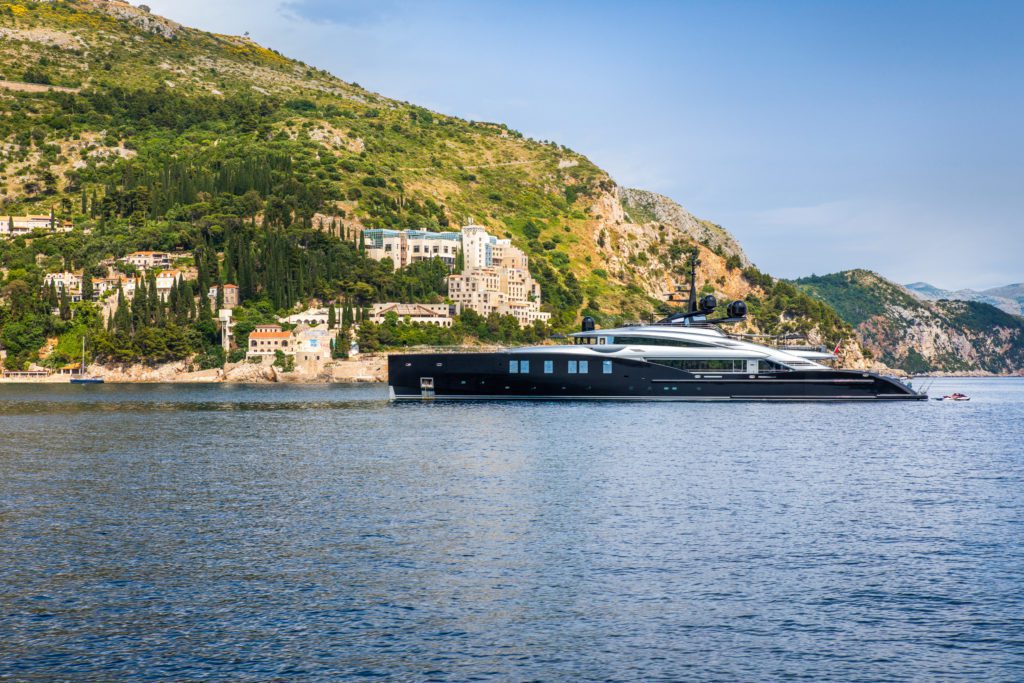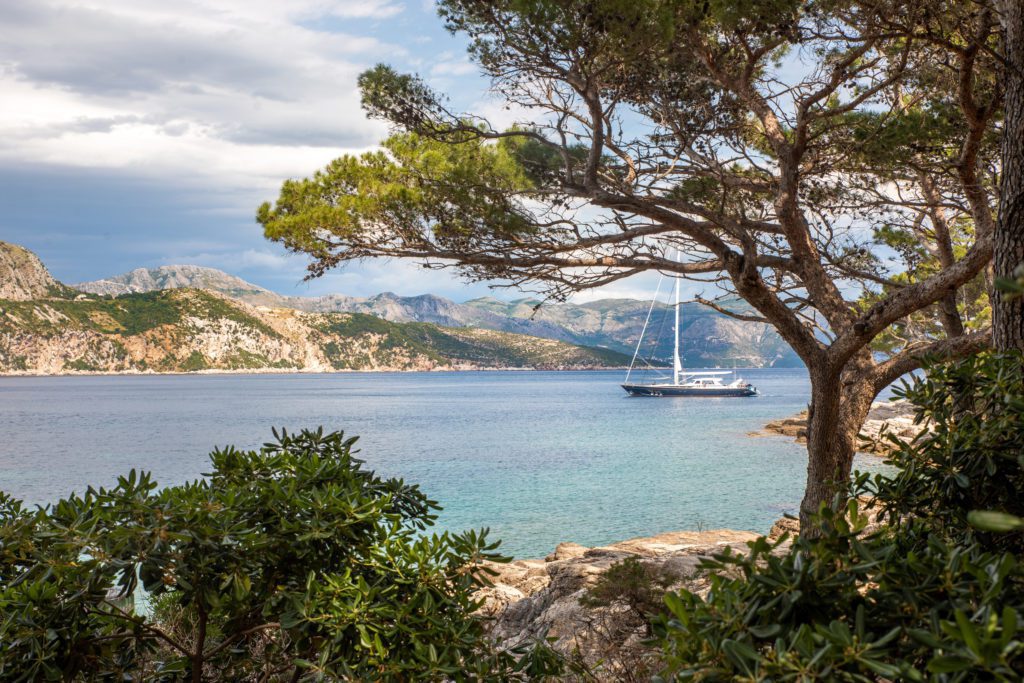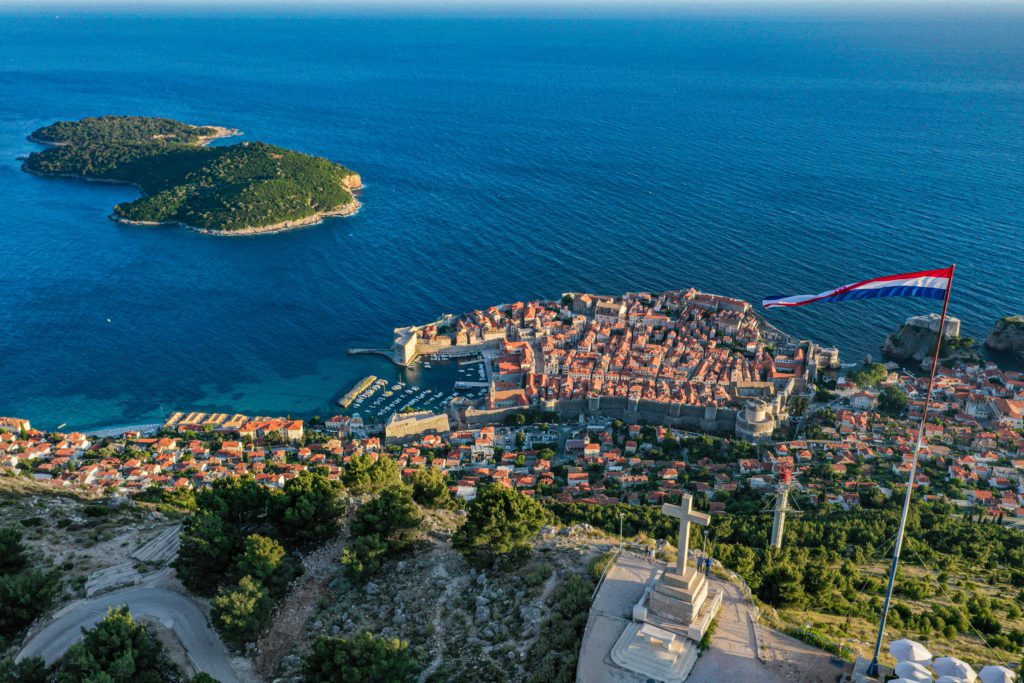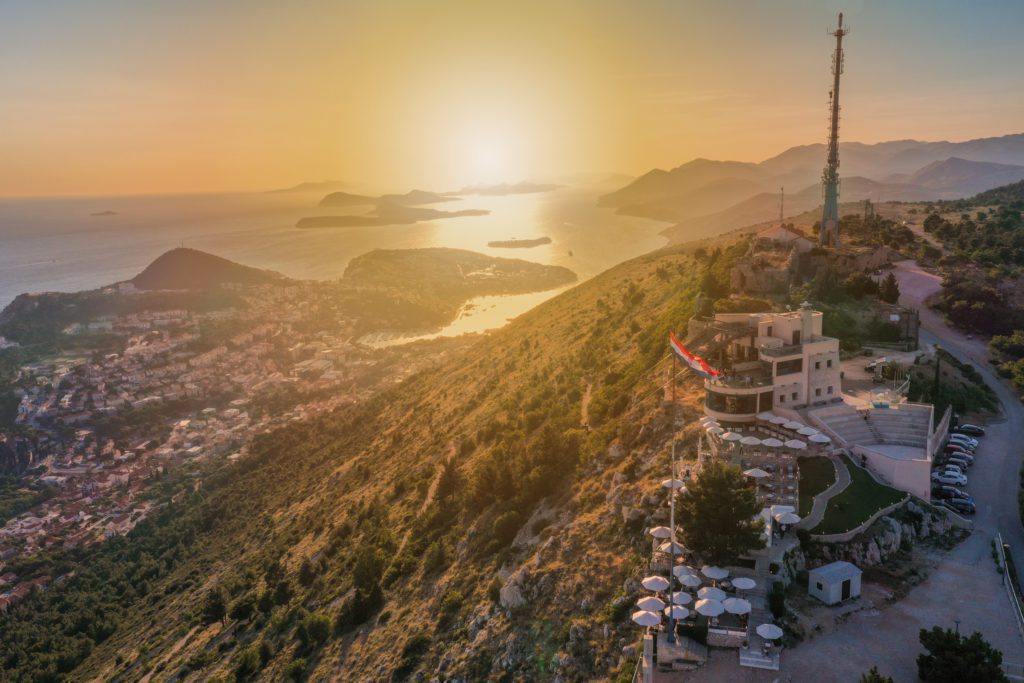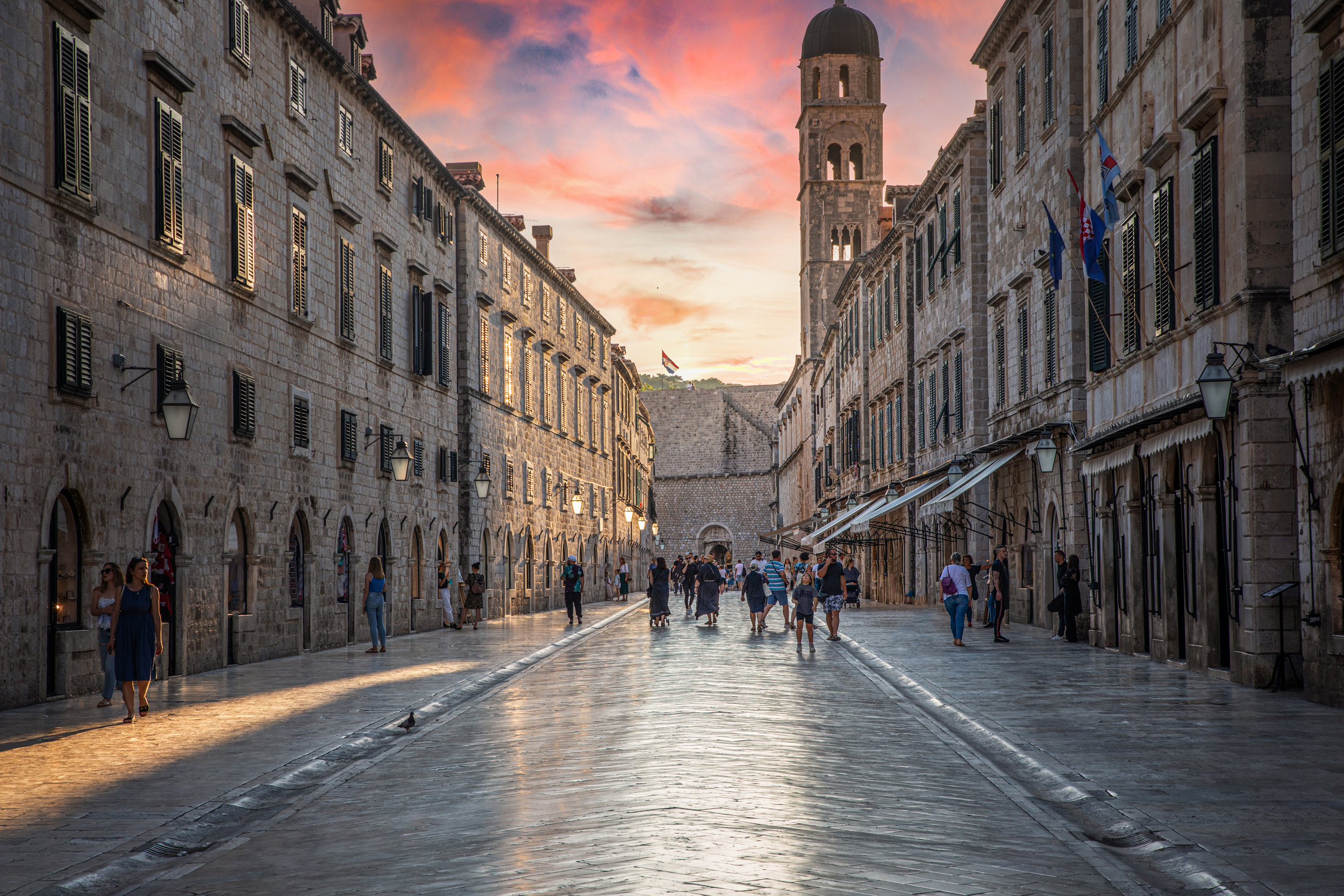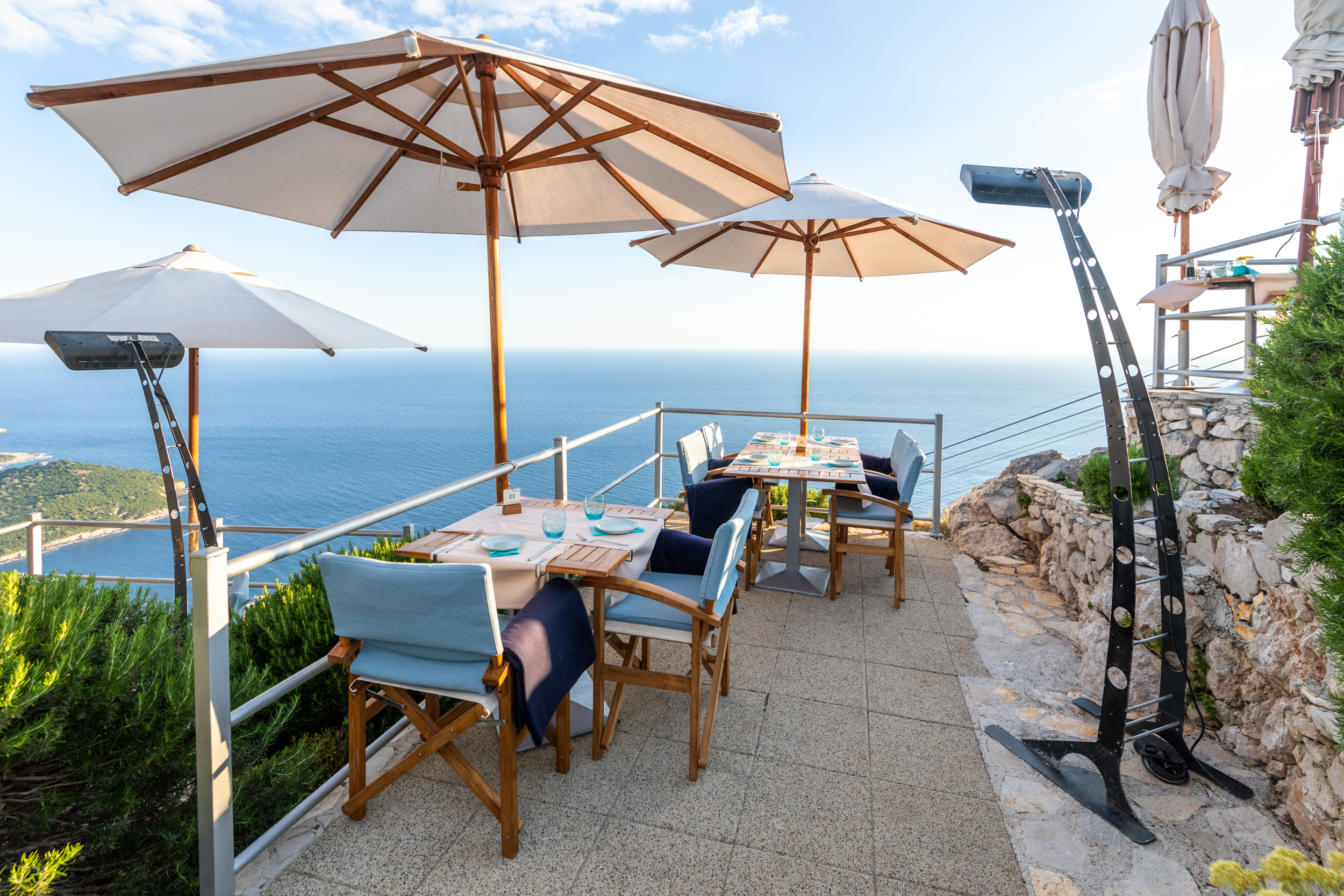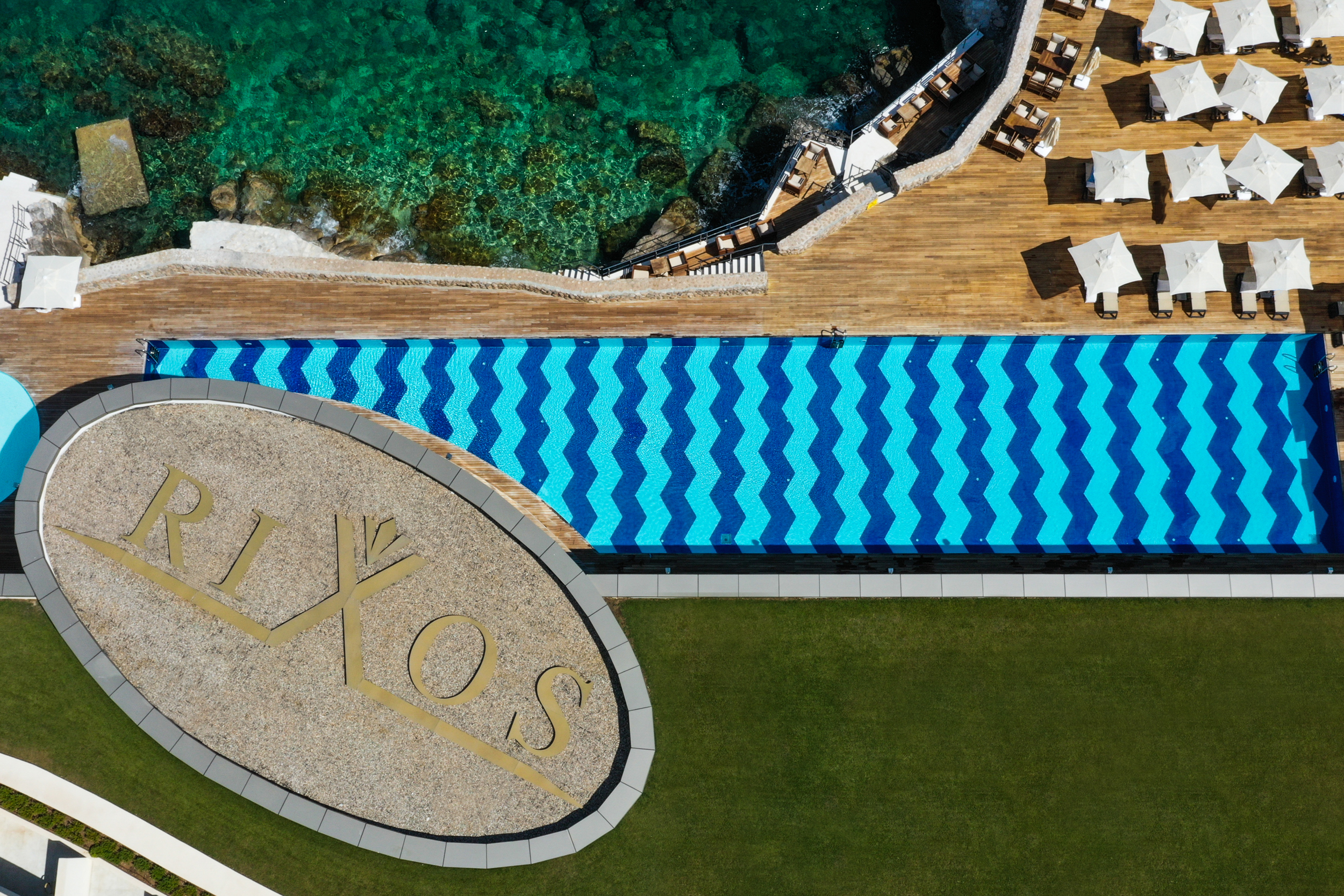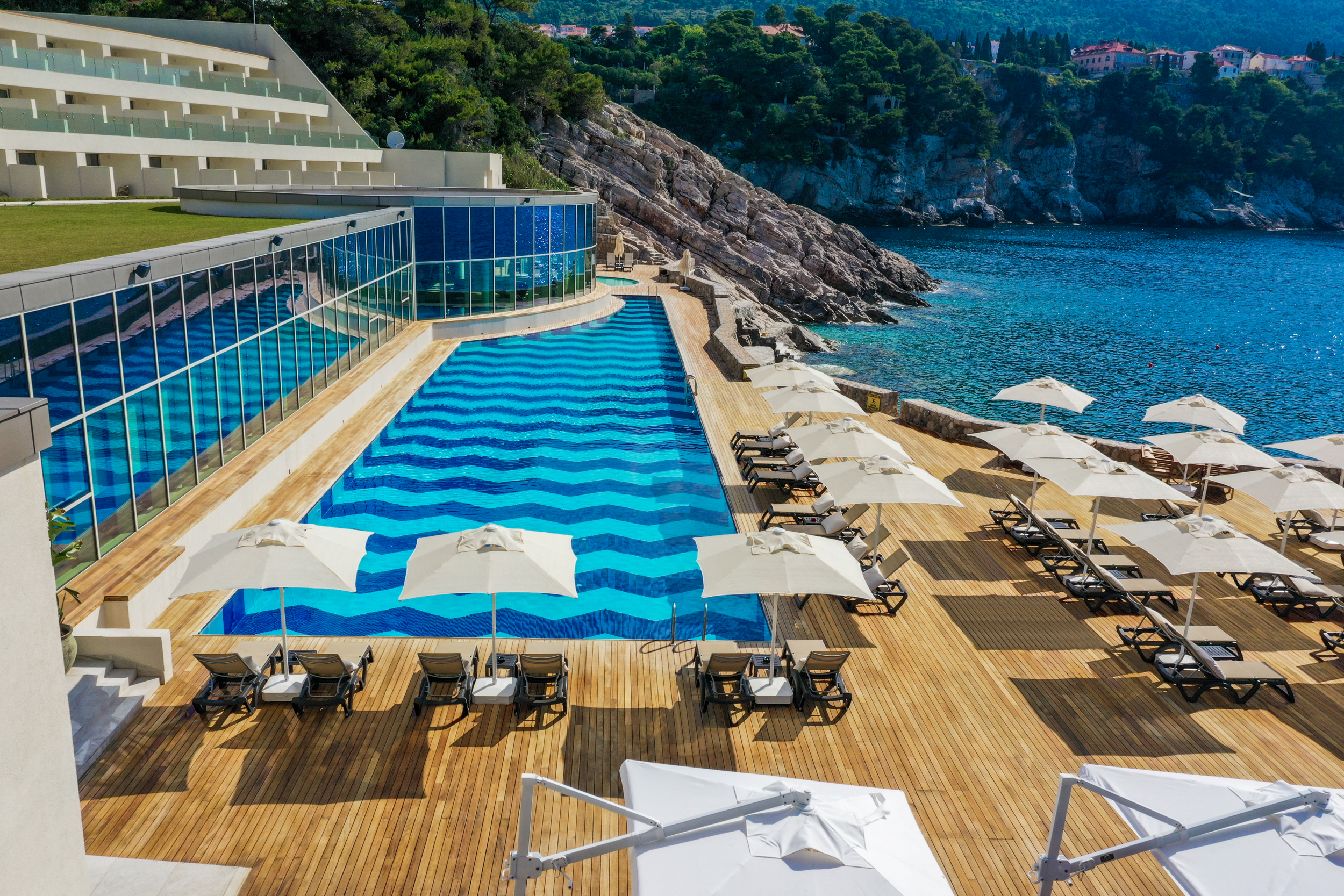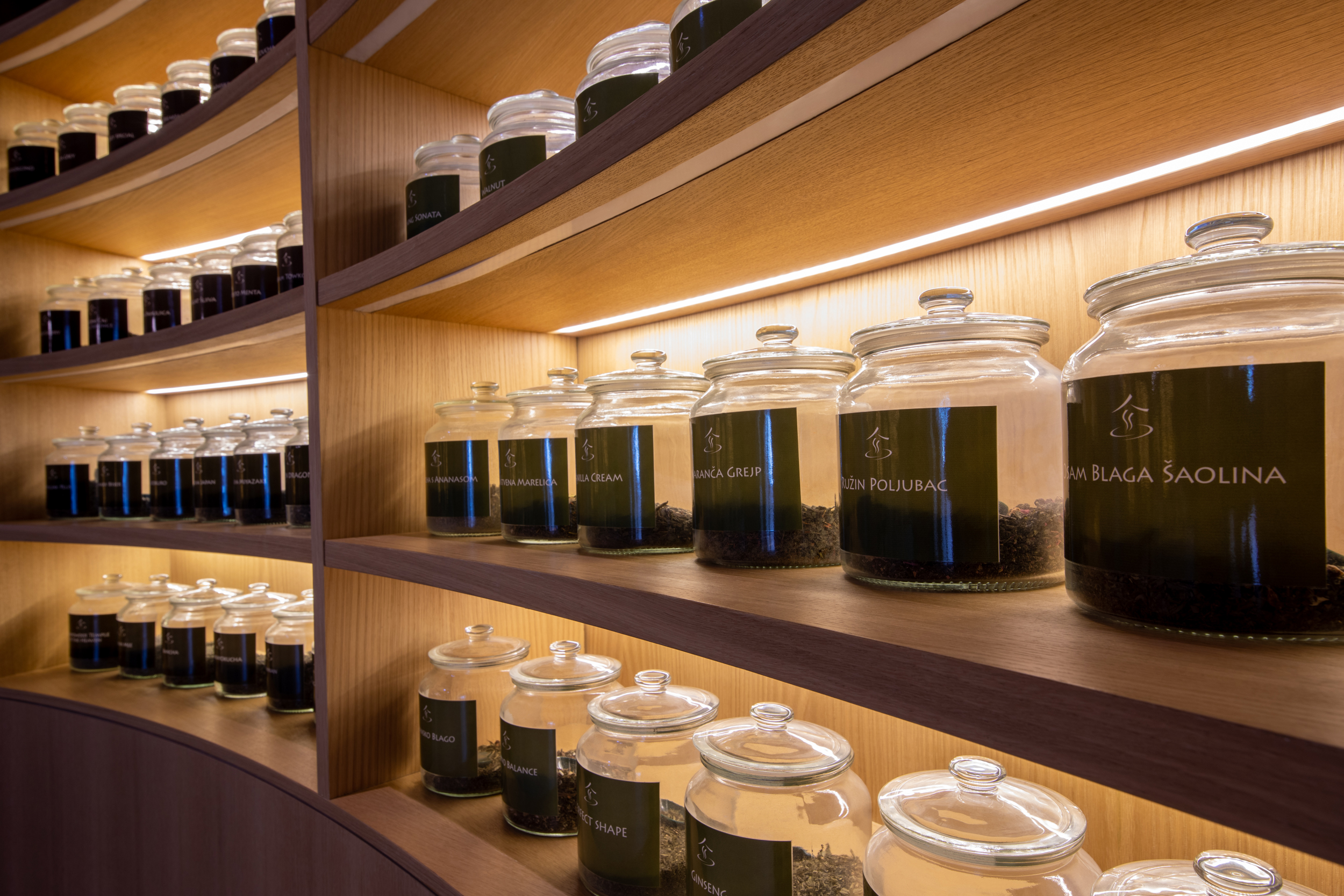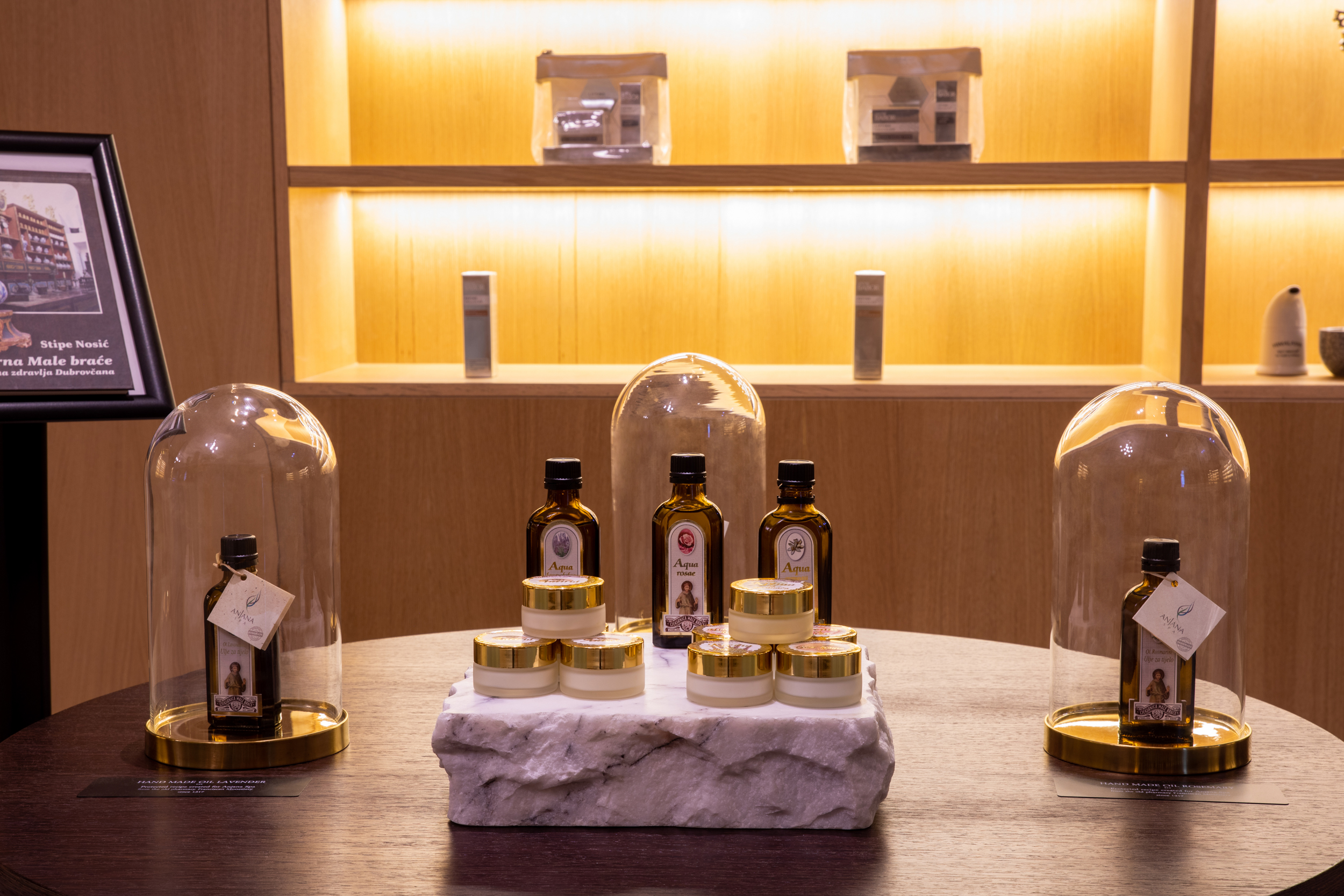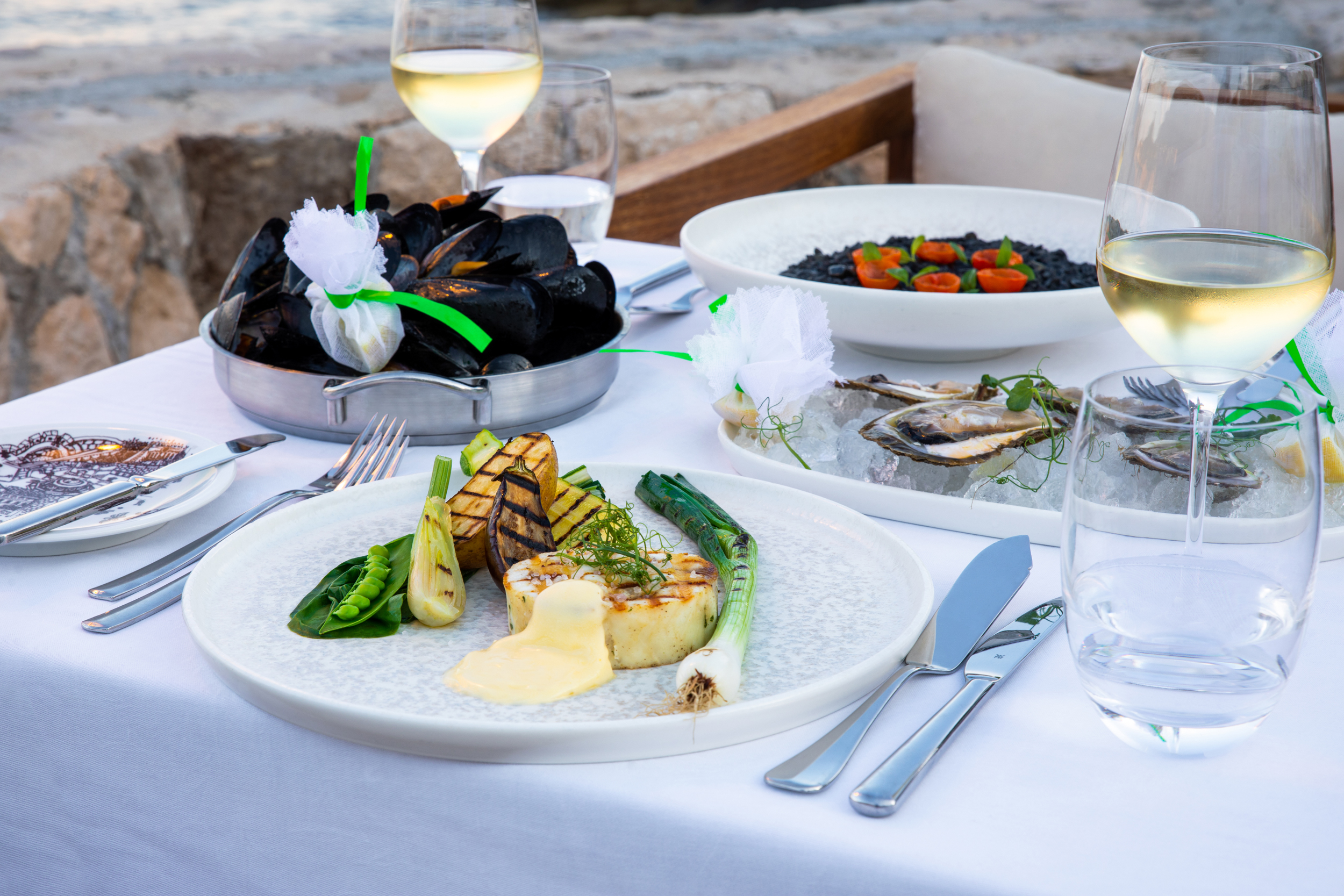Founded in the 7th century, Dubrovnik (formerly known as Ragusa) developed into an important trading city in the Mediterranean region. Over the years, Dubrovnik was under various rule, including the Byzantines and Venetians, before finally gaining its independence as a city-state. Dubrovnik's golden age was the Middle Ages, during which it was considered one of the wealthiest and most advanced maritime republics in the world.
Walking through Dubrovnik's Old Town is like traveling through time. The cobbled streets, baroque buildings and impressive palaces tell stories of a bygone era. Stradun, the Old Town's main street, is a lively center lined with historic buildings and lively cafes.
Remarkable
Dubrovnik Cathedral
Notable sights include Dubrovnik Cathedral, a magnificent Baroque building built on the ruins of an earlier 12th-century church. Also worth seeing are the Rector's Palace, the Sponza Palace and the Church of Saint Blaise.

